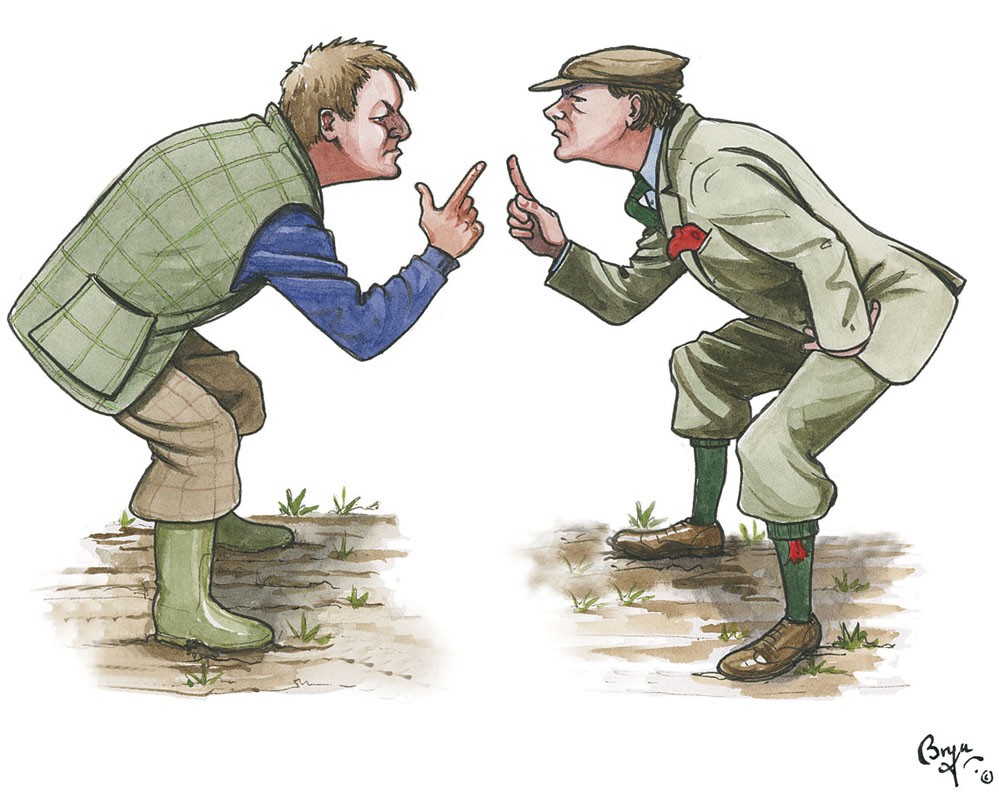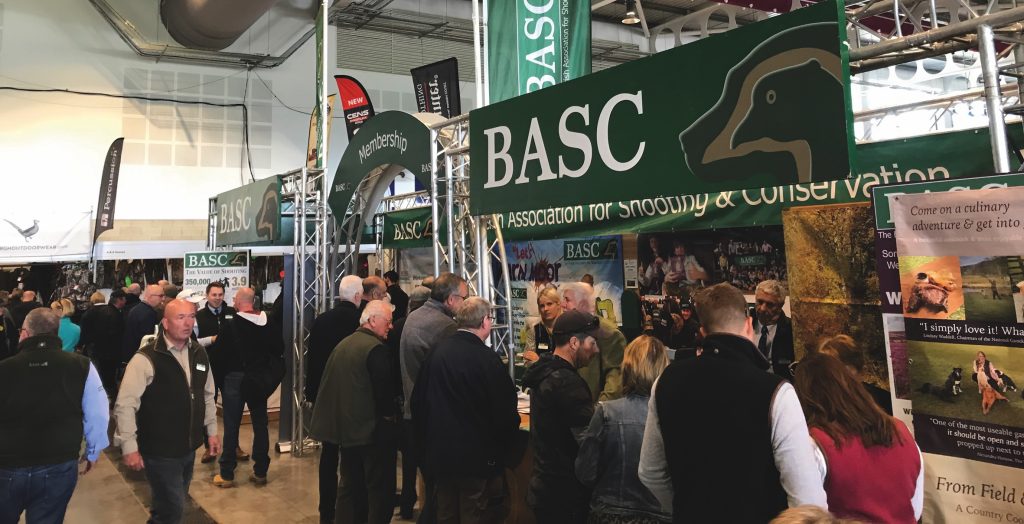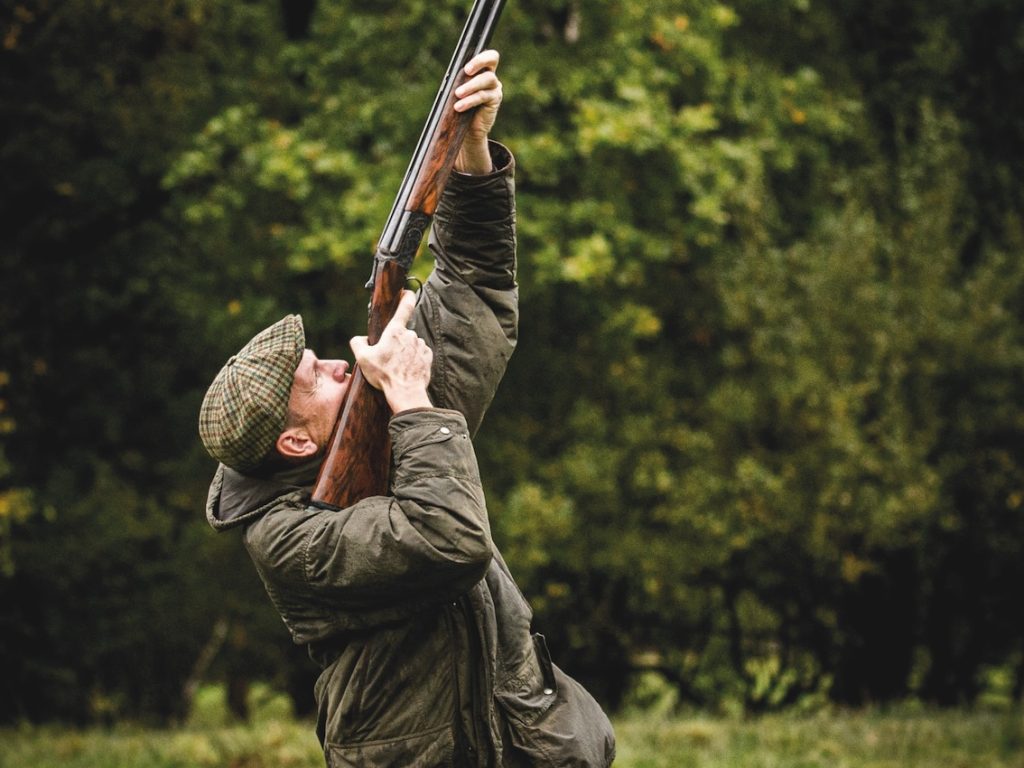Win CENS ProFlex DX5 earplugs worth £1,149 – enter here
The Great Debate: Normal loads vs heavy shells
Normal loads vs heavy shells: Which side of the arguement do you fall on?

Normal loads by Ben Samuelson
This propensity for shooting pheasants with ammunition more suited for a Bofors ack-ack gun is a relatively recent thing. Our grandfathers used to shoot perfectly well with 28 gram loads at the most, and I’m not sure the pheasant has evolved into a dramatically higher flyer in the last 60 or so years. While I don’t believe in showing off by shooting high pheasants with a .410, nor do I really think it’s sporting to use anti-aircraft artillery in the shooting field.
The good news is that, if you’re using a proper gun, you’ve got to use proper ammunition. Most English side-by-sides, even fairly recent ones, have 2.5 inch, or at the very most 2.75 inch, chambers, which means you can’t physically fit the real monsters in. Indeed, I’m a bit uncomfortable about using the more powerful 2.75 inch cartridges as you’re trying to squeeze an awful lot of grunt into a rather small package. The vast majority of guns just aren’t designed to cope with the wallop of heavy loads. This was rather expensively learnt by a chap I know who broke the stock on his pair of fairly good quality Spanish guns because of the cartridges he’d been using.
But, most persuasively of all, is what happens to the poor bird if they’re hit with one of these things. Would you really want to eat what’s left of something that has been hit by a depleted uranium missile? And if you break the link between shooting game and it being eaten, you are undermining one of the most important foundations of our whole sport…
So, unless you have a gun designed especially to cope with them I would advise against using heavy loads. I rather think a chum of mine who works at one of the better gunmakers summed it up best when he said: “We’ll start stocking heavy loads just as soon as we start offering chrome-plated barrels.”
Heavy shells by Giles Catchpole
Time was when a chap would heft up his powder flask and say to himself: “I’m really going to give the next one a bit of a blatting. Another teaspoonful, I think!”
But these days we don’t have to be that approximate. We can adopt exactly the right charge for the quarry we are pursuing. David and Goliath is one thing, but let’s face it, you don’t go after a bear with a catapult, now do you? At least not twice, I venture.
These days we have interchangeable chokes and possibly the widest variety of cartridges ever available, and it behoves us to address our quarry with the proper tools. To do less would display an unbecoming casualness.
There is a degree of self-interest in this, of course. We are all familiar with the casserole shot where a gun misses a driven bird at a proper distance with his first shot and then vaporises it directly overhead with the choke barrel. And then has to stand, head down and cheeks stinging, as they should be, I should add, while the feathers settle about him as a mute testament to his shame. It’s fair to say that many of our traditional game guns are choked entirely the wrong way round, improved cylinder and half, say, which is fine for walking-up partridges in a frock coat and gaiters but hopeless for taking the wee birds zinging over a hedge towards you.
We have the technology. We are spoiled for choice. We should use it. We are not a bunch of crusty old technophobes, after all. Or are we?
For the record, I use the 16 bores, largely, until Christmas, with 26gram 7s for partridges and 28gram 6s for early pheasants. For late season cocks, or notorious high bird shoots, I will switch to a 12 bore choked full and full and 32gram 5s. Not that it helps me much but it makes me feel better.
Related Articles
Get the latest news delivered direct to your door
Subscribe to Shooting Times & Country
Discover the ultimate companion for field sports enthusiasts with Shooting Times & Country Magazine, the UK’s leading weekly publication that has been at the forefront of shooting culture since 1882. Subscribers gain access to expert tips, comprehensive gear reviews, seasonal advice and a vibrant community of like-minded shooters.
Save on shop price when you subscribe with weekly issues featuring in-depth articles on gundog training, exclusive member offers and access to the digital back issue library. A Shooting Times & Country subscription is more than a magazine, don’t just read about the countryside; immerse yourself in its most authoritative and engaging publication.







